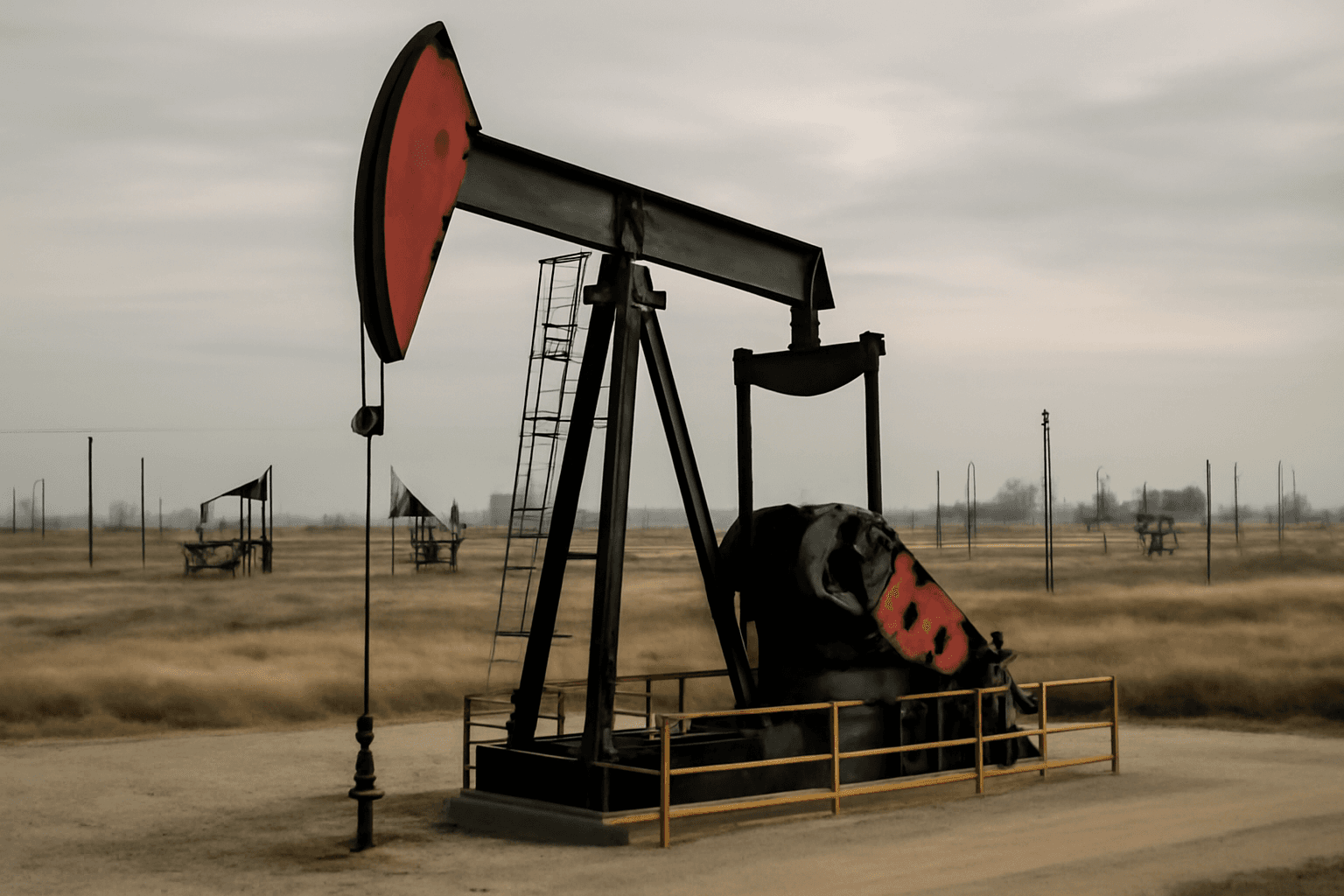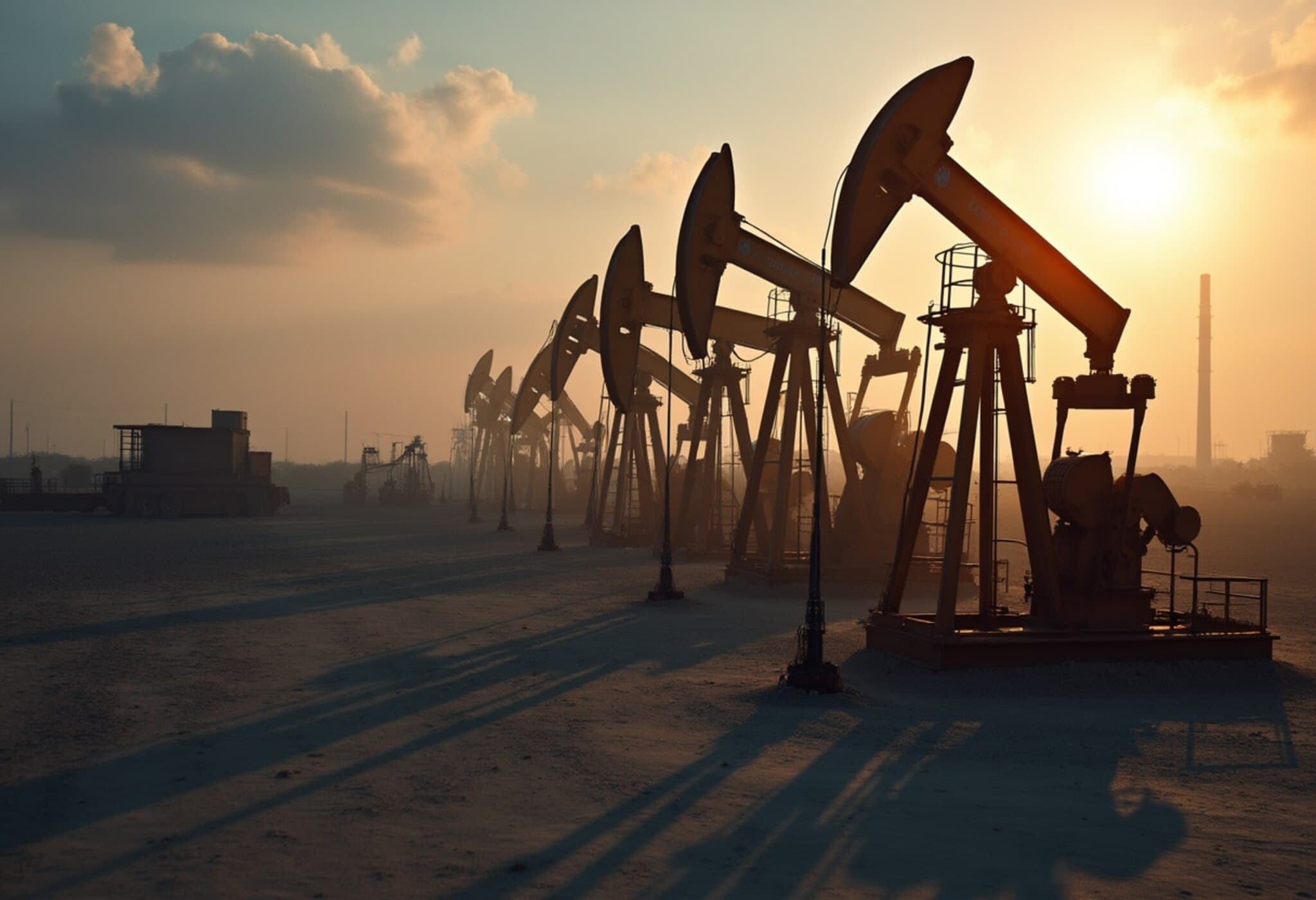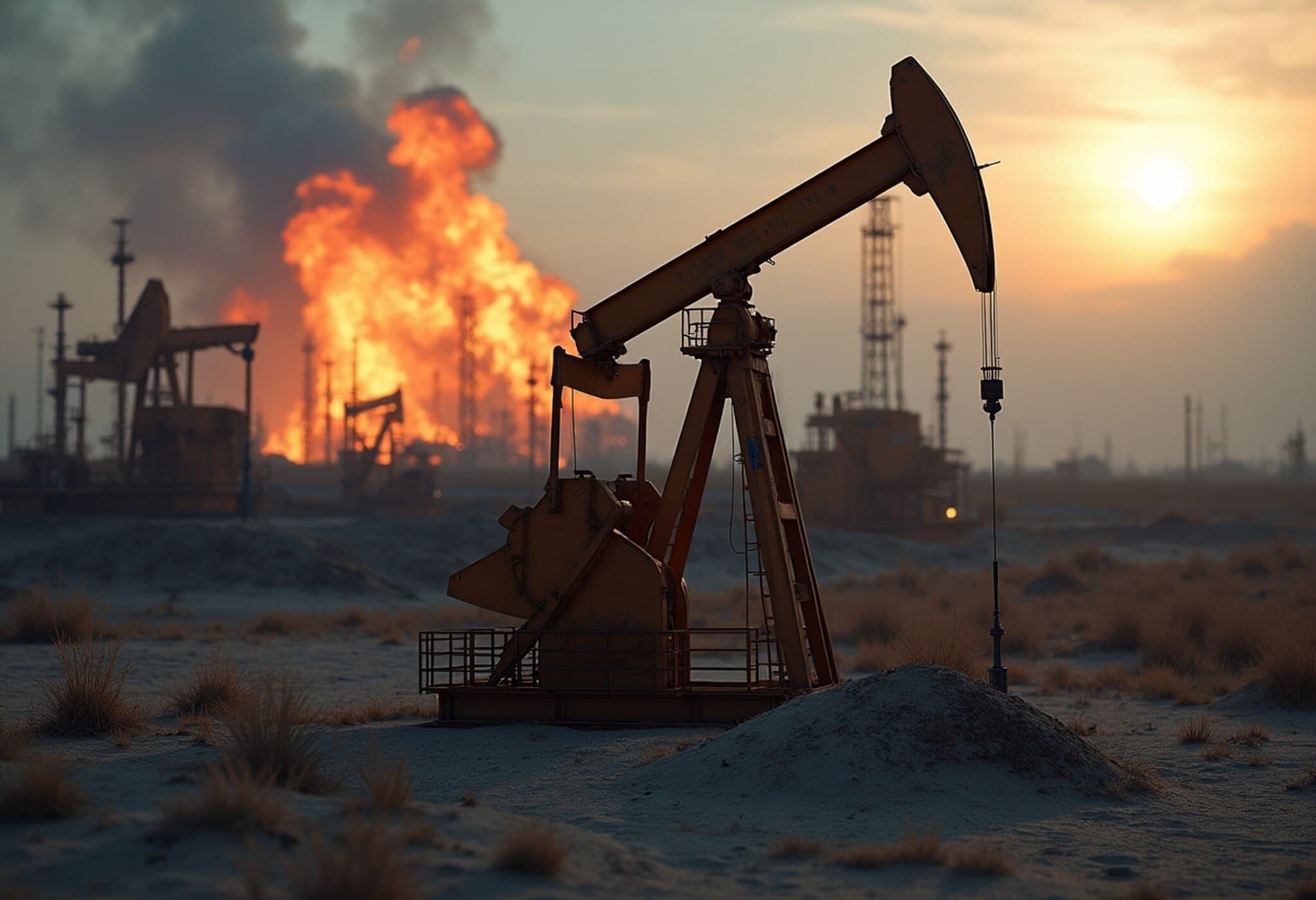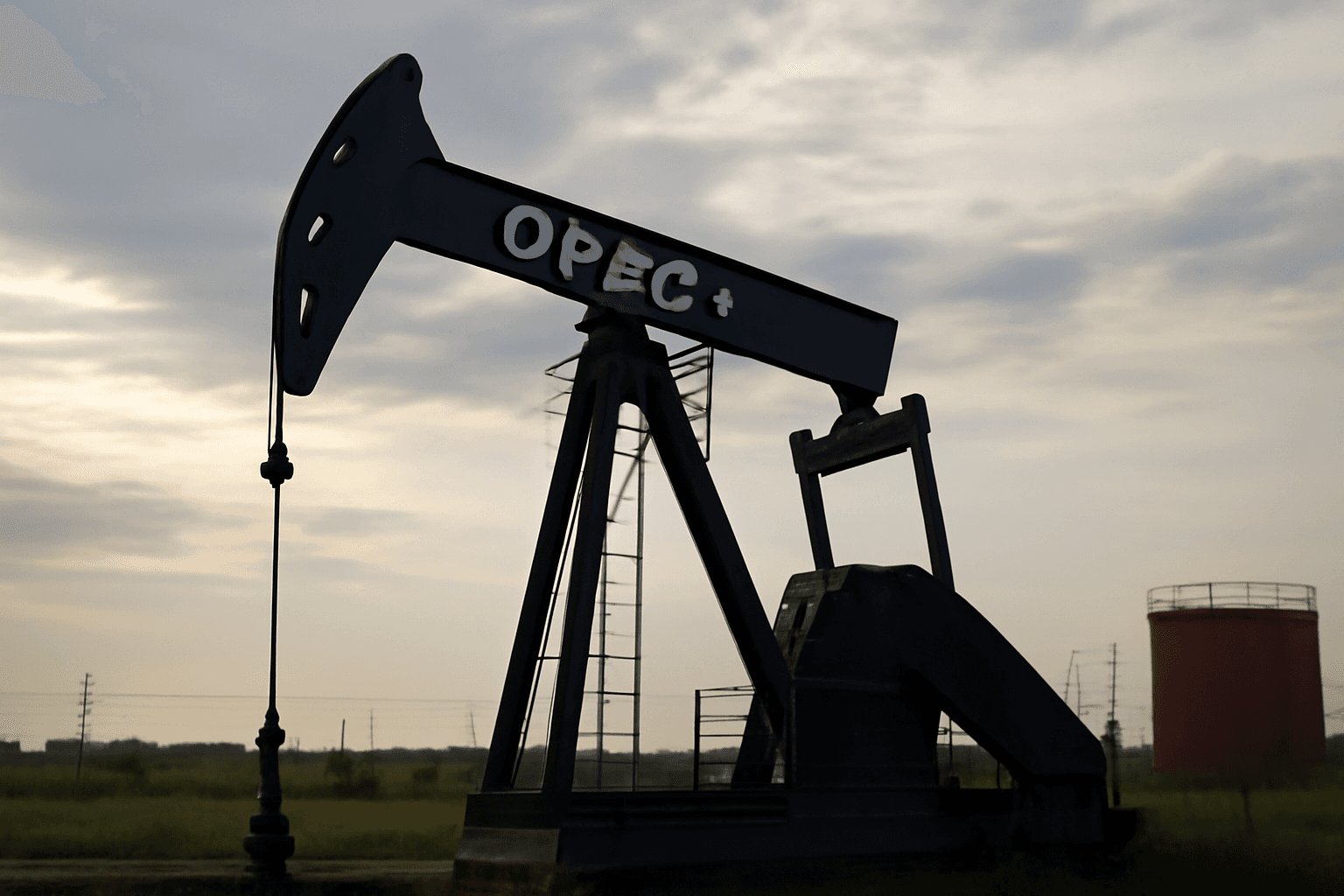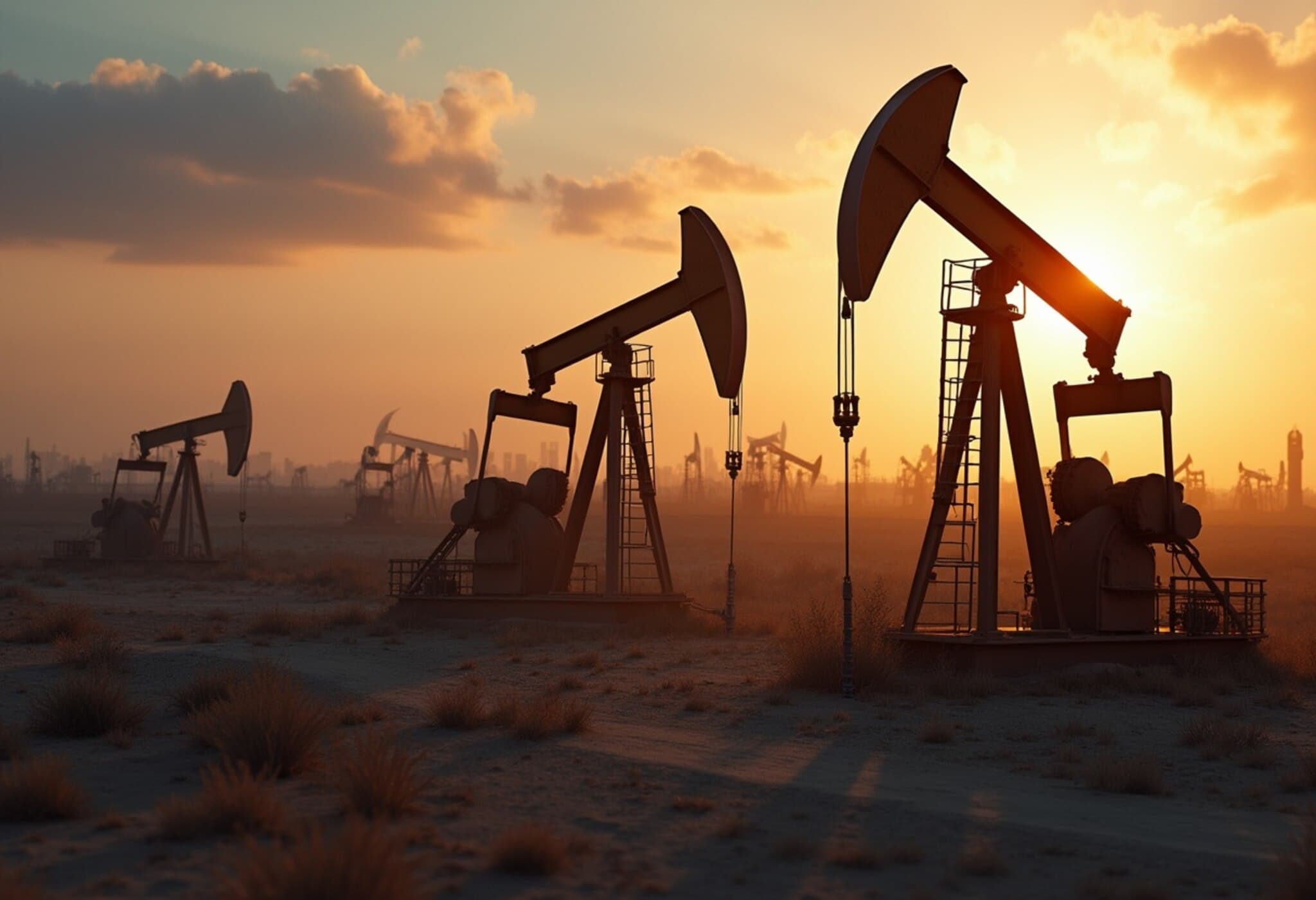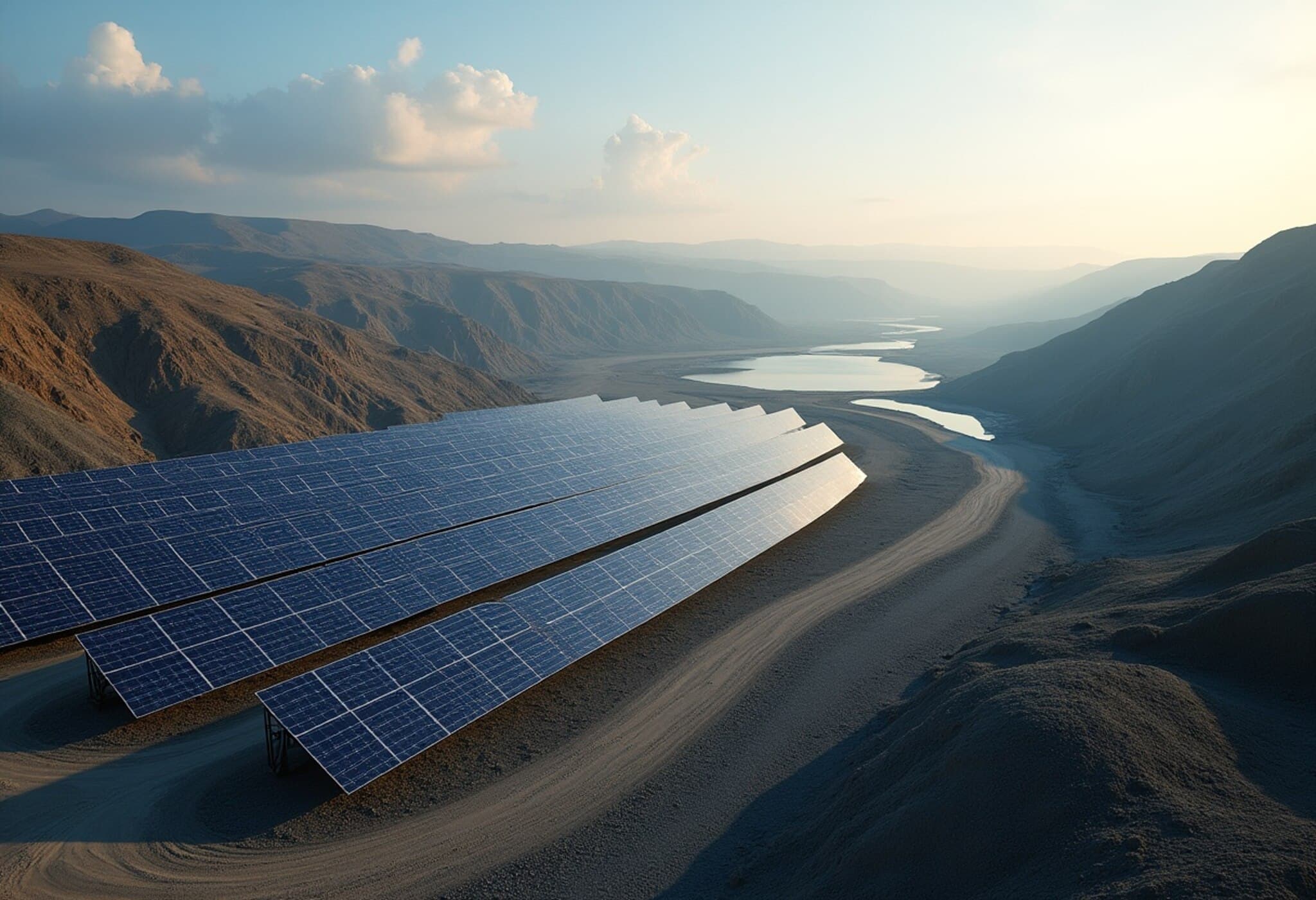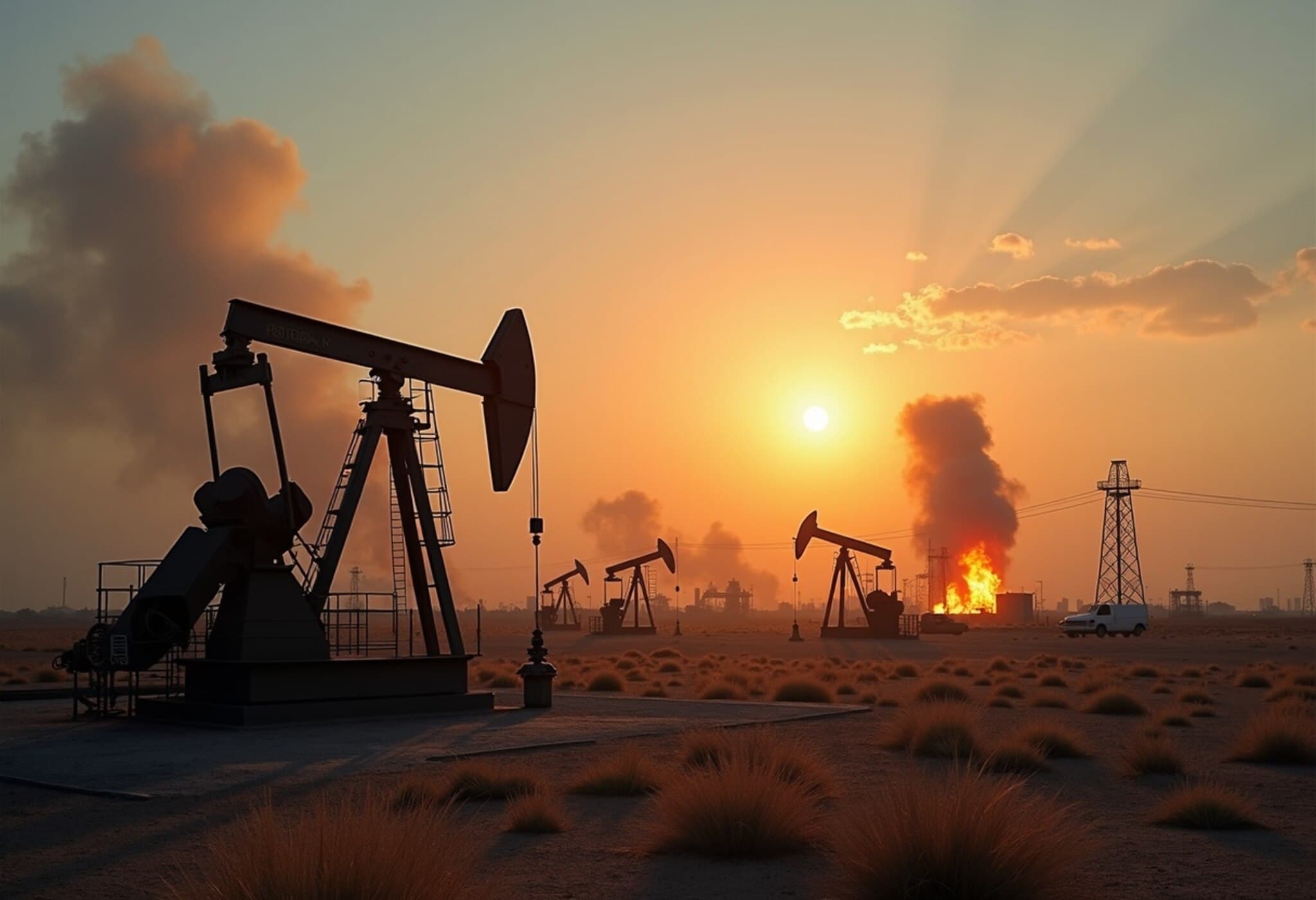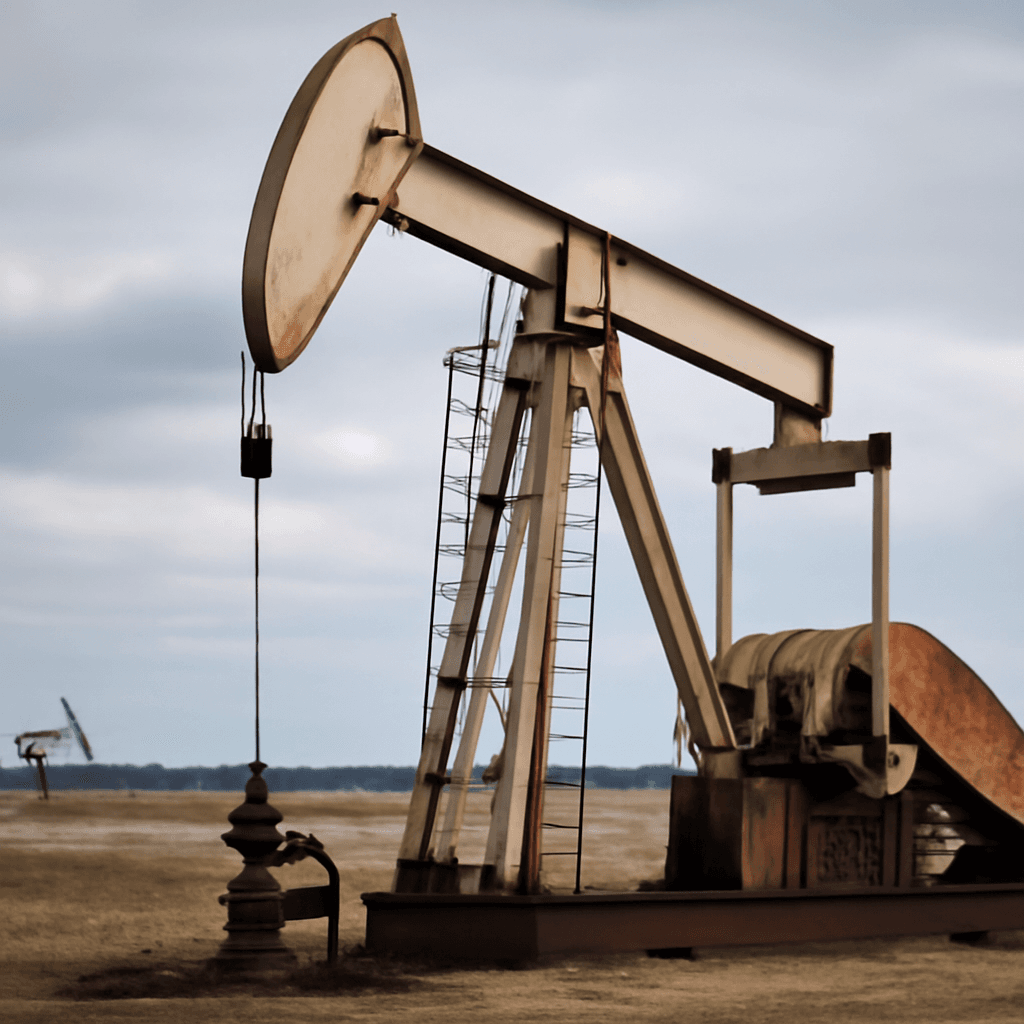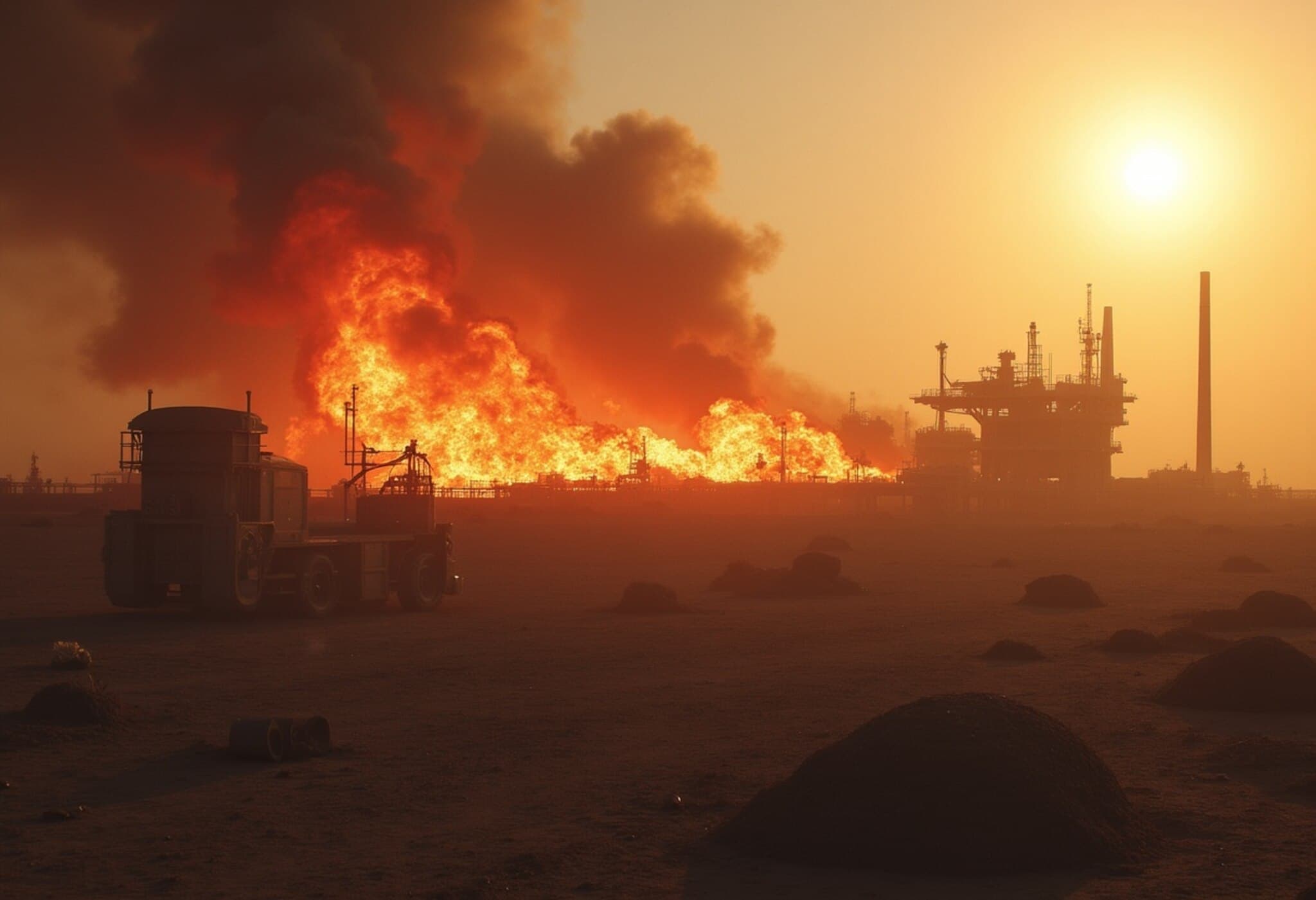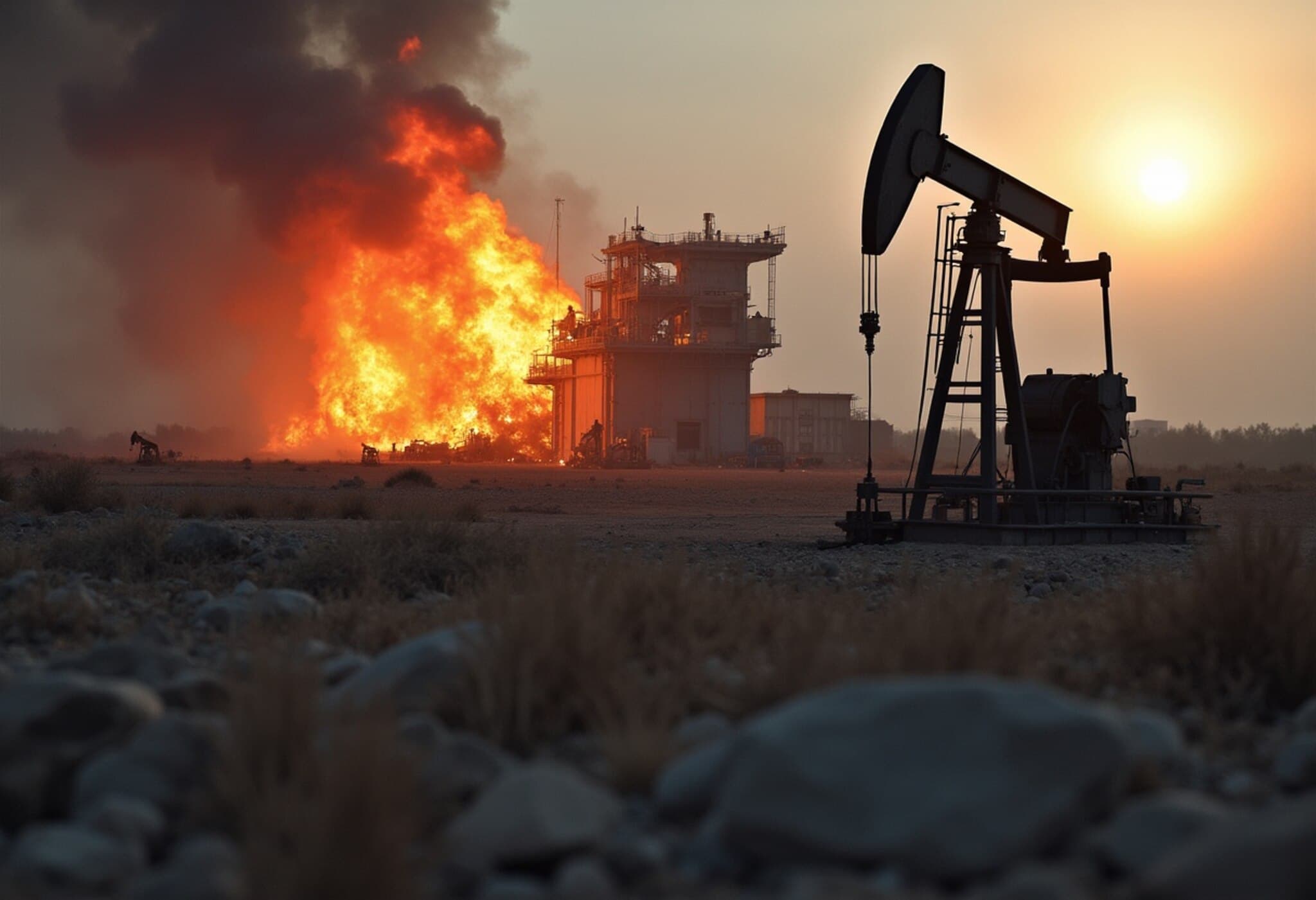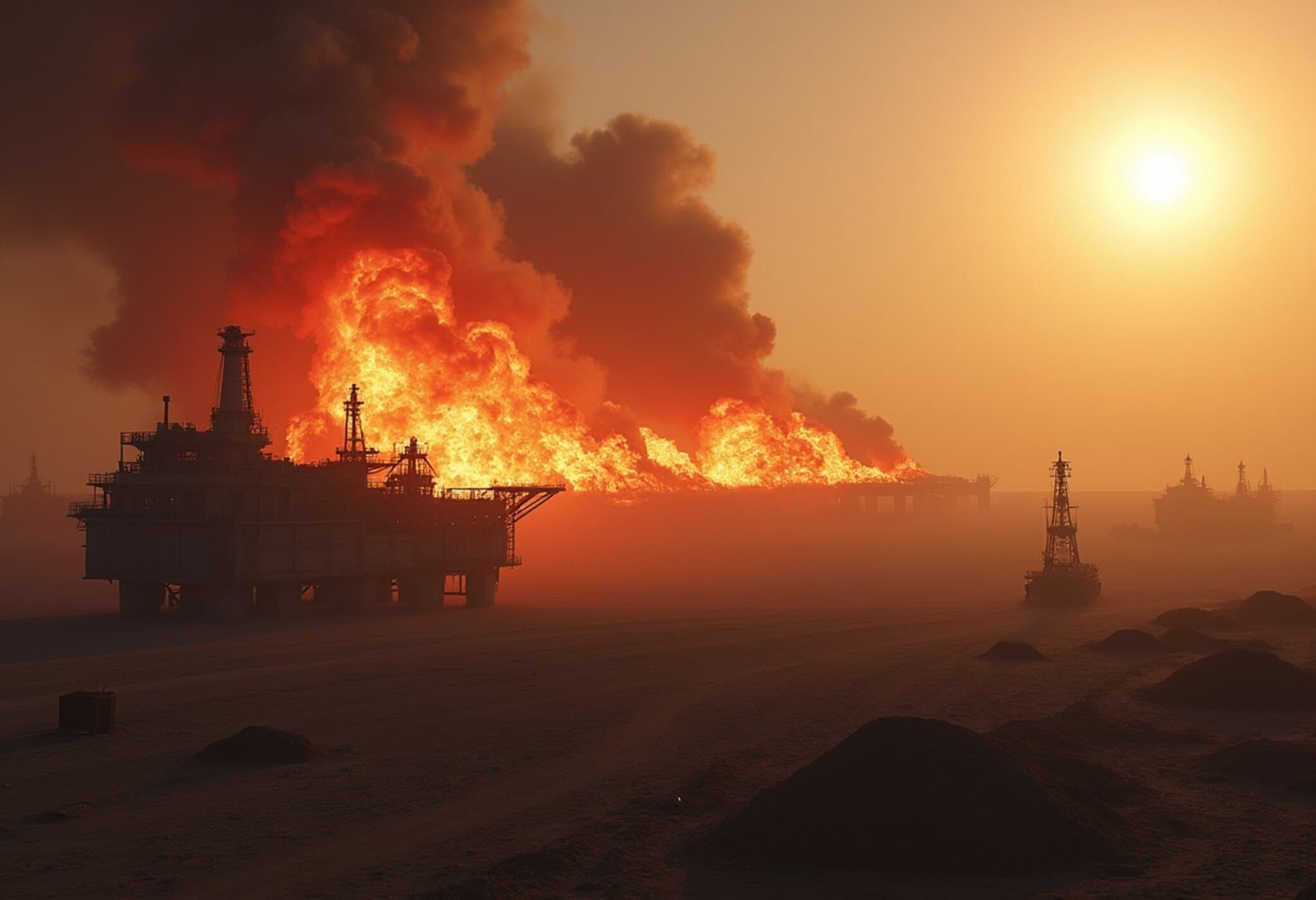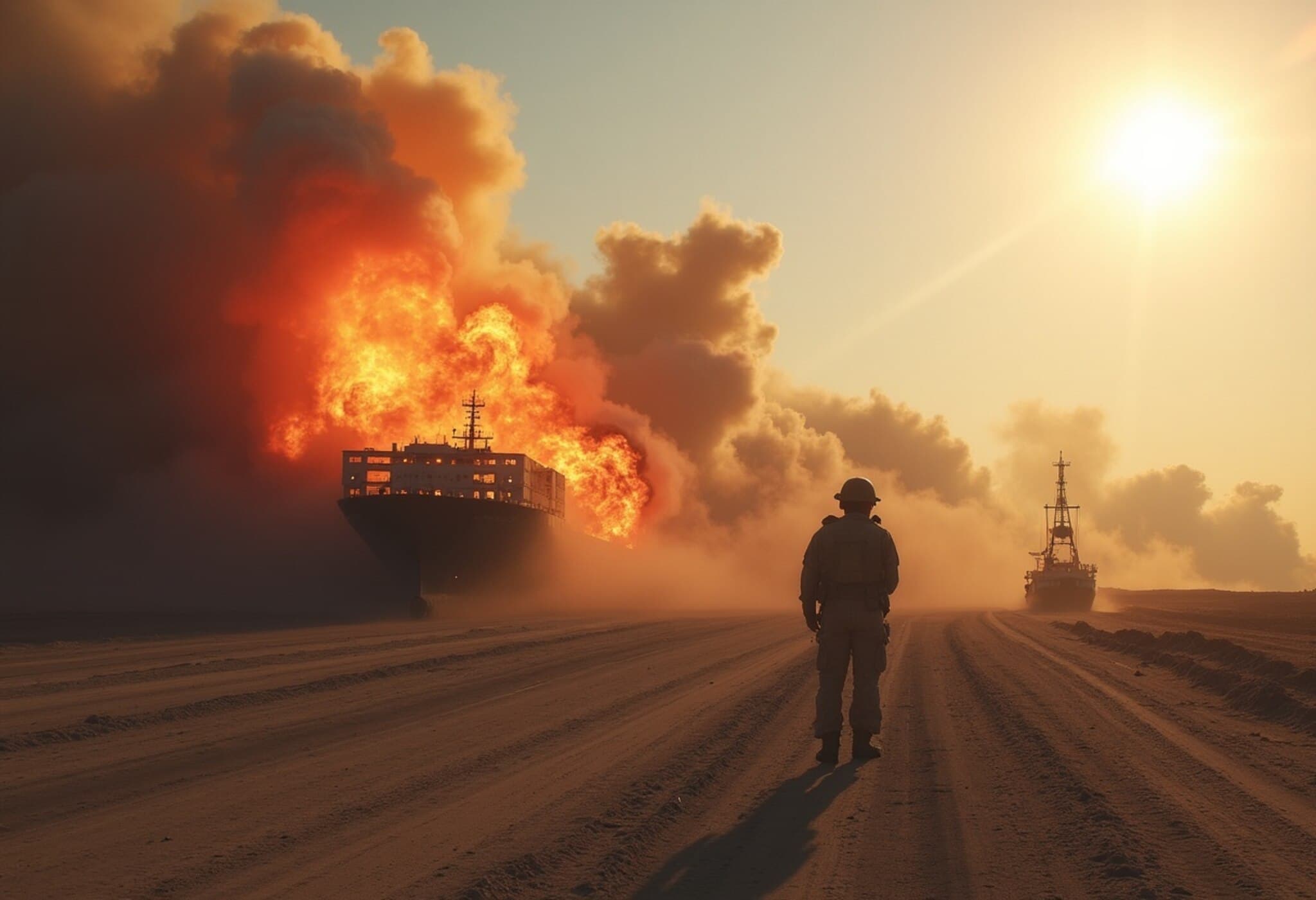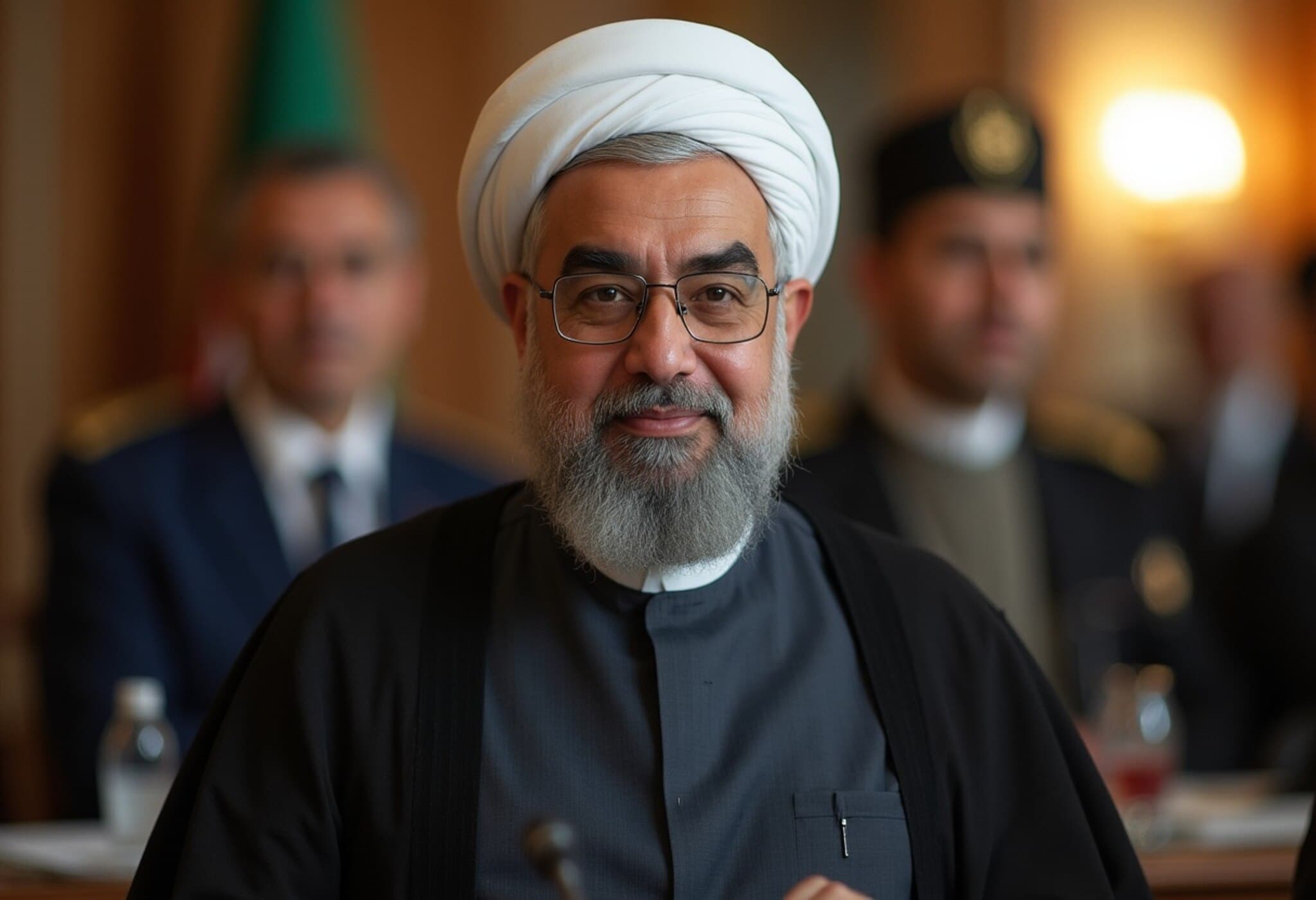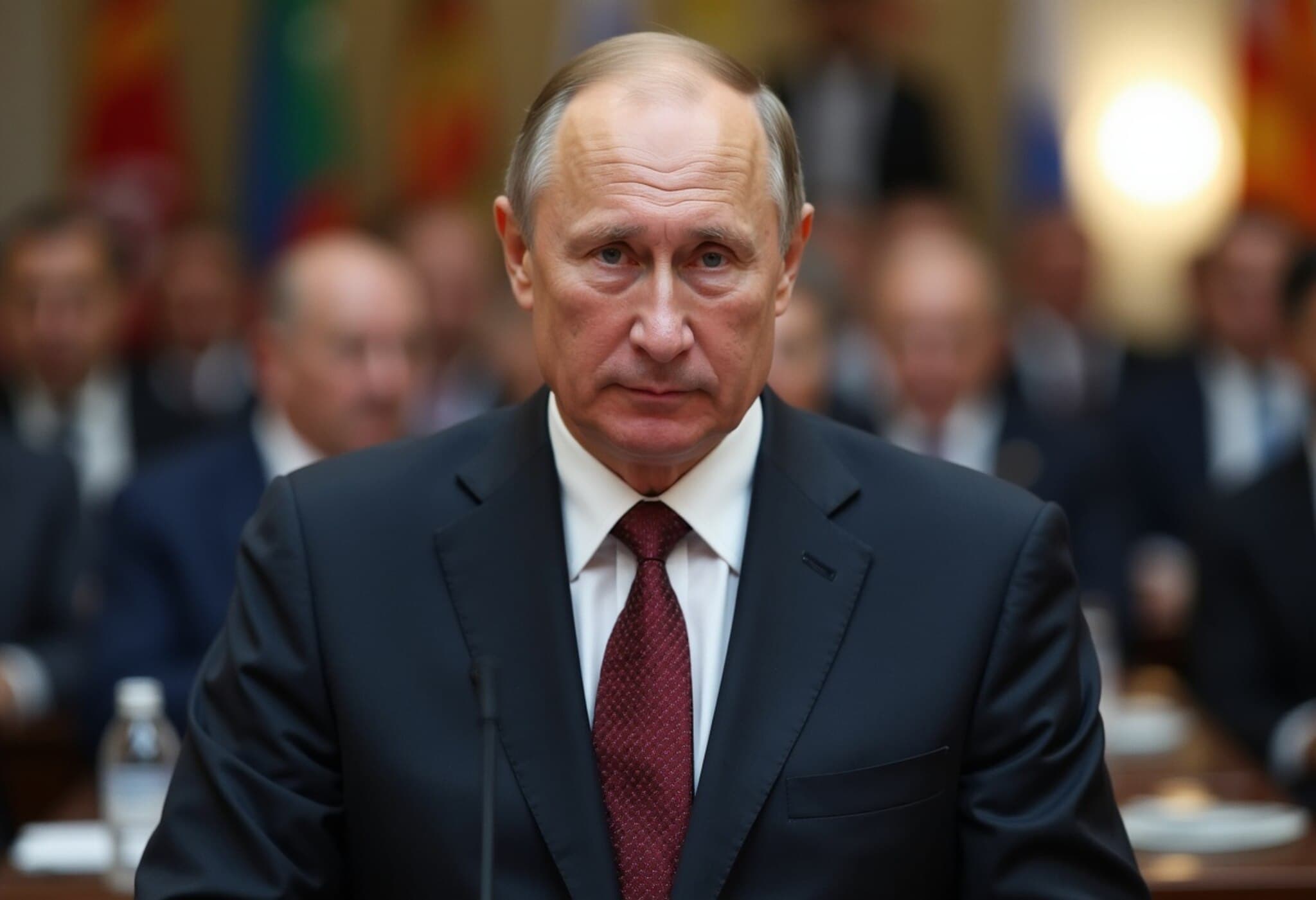OPEC+ Subset Boosts Oil Production Beyond Expectations
In a surprising move, eight key members of the OPEC+ alliance have agreed to raise their crude oil production by 548,000 barrels per day for August, surpassing earlier forecasts of a 411,000 barrel increase. This subset includes major producers such as Russia and Saudi Arabia, alongside Algeria, Iraq, Kazakhstan, Kuwait, Oman, and the United Arab Emirates.
Strategic Unwinding of Voluntary Production Cuts
This group has been steadily rolling back two distinct sets of voluntary output reductions separate from the broader OPEC+ agreements. The first involves a cut of 1.66 million barrels per day lasting through the end of next year. The second, larger reduction of 2.2 million barrels per day, was in place until the close of the first quarter this year.
Originally, the producers planned modest monthly output boosts of 137,000 barrels per day through September 2026. However, after maintaining this pace only in April, they sharply increased monthly hikes to 411,000 barrels per day for May, June, and July, and now are accelerating even further with the August increase.
Factors Driving the Output Decision
According to official statements, the decision to ramp up production rests on a steady global economic outlook combined with healthy market fundamentals, such as low oil inventories worldwide. These indicators suggest the market can absorb additional supply without destabilizing prices.
Market Reaction and Outlook
Oil prices recently surged due to heightened summer demand and geopolitical tensions in key regions, which briefly threatened supply chains. Despite these factors, oil futures closed on Friday at around $68.30 per barrel (September contract) on the ICE exchange and close to $66.50 per barrel (front-month August contract) for WTI on Nymex.
The gradual easing of voluntary cuts from this influential subgroup is expected to inject more barrels into the market, possibly tempering prices but also reflecting a strategic move to meet anticipated demand growth.


